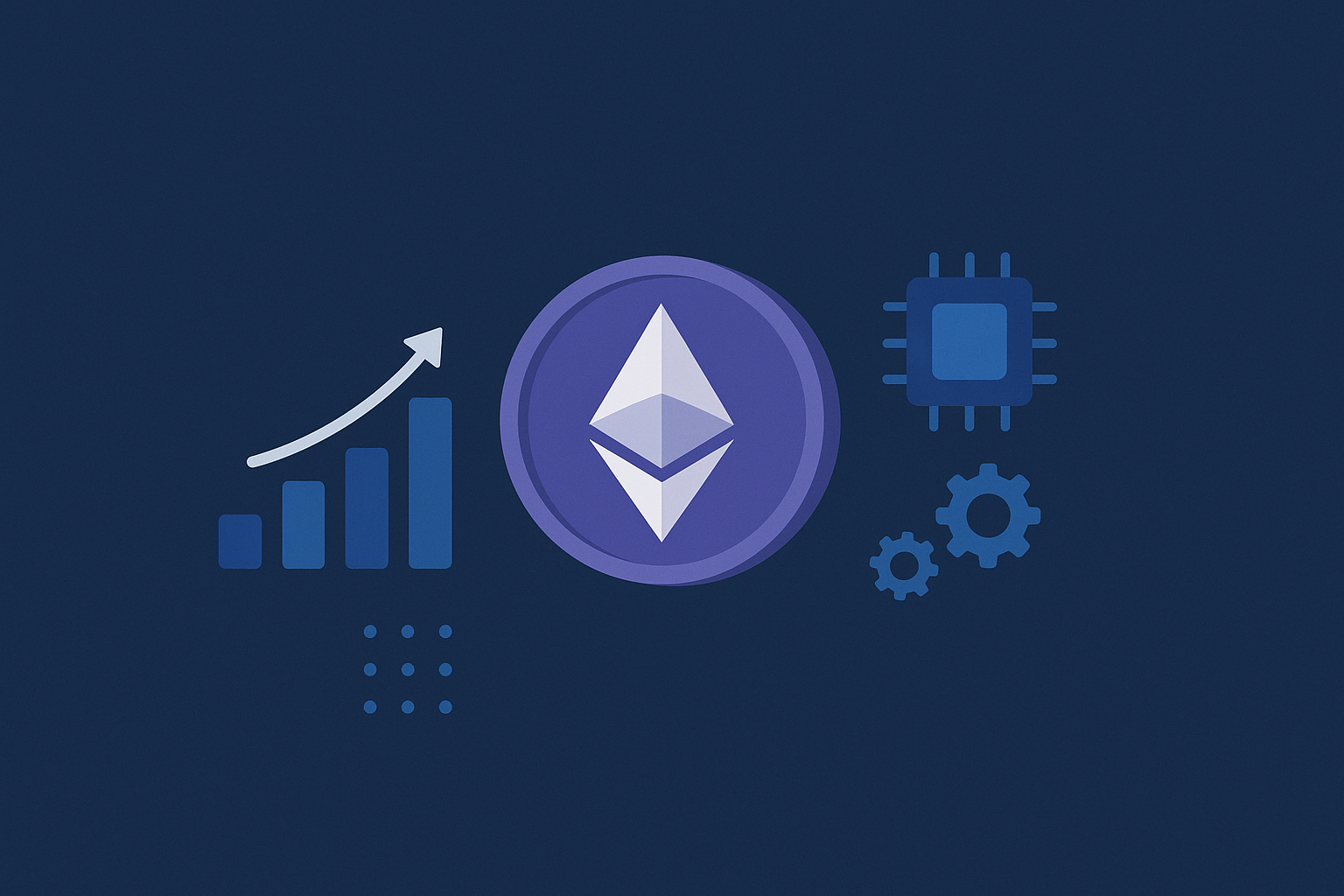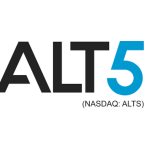Cryptocurrency
Ethereum Upgrade Sets The Stage For A Scalable Future

Introduction
Ethereum, the world’s second-largest blockchain network by market capitalization, has reached a pivotal milestone in its development. On May 25, 2025, Ethereum’s latest upgrade rolled out to mainnet, introducing critical improvements in gas optimization and preparing the infrastructure for full network sharding. This technical transformation not only marks a shift in how the Ethereum ecosystem will operate but also paves the way for mass adoption and sustainable scalability.
Over the past few years, Ethereum has encountered major growing pains. As demand for decentralized applications (dApps), NFTs, and DeFi protocols surged, so did the costs associated with transactions. High gas fees and congestion often turned Ethereum into an inefficient, expensive network for the average user. With this latest upgrade, Ethereum developers hope to rewrite that narrative by solving the long-standing trilemma of scalability, security, and decentralization.
Understanding Ethereum’s Upgrade: What Changed?
At the heart of the 2025 Ethereum upgrade lies two main enhancements: EIP-4844 (Proto-Danksharding) and a new fee compression algorithm. Together, these upgrades reduce transaction costs and set the stage for full implementation of sharding, a concept first introduced in Ethereum’s long-term roadmap known as “Ethereum 2.0.”
EIP-4844 and Proto-Danksharding
EIP-4844 is a proposed improvement to Ethereum that lays the groundwork for sharding by introducing a new transaction type called “blob-carrying transactions.” These transactions are significantly cheaper than standard ones and allow large volumes of data to be processed off-chain but still verified by the Ethereum network.
Sharding is a technique that splits the Ethereum blockchain into multiple smaller “shards,” each capable of processing transactions and smart contracts independently. This dramatically increases throughput without compromising the network’s decentralization or security.
While full sharding is still on the horizon, Proto-Danksharding represents the first real step toward its realization, offering measurable improvements even before full deployment.
Why Gas Optimization Matters?
Ethereum has long been criticized for its exorbitant transaction fees, especially during times of network congestion. For example, during the 2021 NFT boom, simple transfers could cost users upwards of $100. The 2025 upgrade incorporates new gas metering formulas and smart contract compression techniques that drastically reduce these costs.
This change is particularly significant for developers, as it allows more complex applications to run economically on-chain. Additionally, the new fee model encourages innovation in micro-transactions, decentralized finance (DeFi), and gaming sectors where cost sensitivity is critical.
Impact On DeFi, NFTs And The Broader Ecosystem
Ethereum has always been the foundational platform for the decentralized finance ecosystem. Protocols like Uniswap, Aave, and MakerDAO depend on the Ethereum network for core operations. With the implementation of this scalability-focused upgrade, these protocols can now operate more efficiently and support higher volumes.
DeFi Expansion
Lower gas costs mean that users can now participate in liquidity pools, yield farming, and lending platforms without worrying about high entry costs. More importantly, institutional players are finding Ethereum increasingly attractive due to improved transaction efficiency and faster confirmation times.
As one DeFi analyst noted, “This upgrade marks the moment Ethereum transitions from a congested city into a global economic highway.”
NFT and Gaming Sectors Reignite
The NFT sector, which suffered from exorbitant minting costs during the last bull run, is seeing a revival. The upgrade has reignited interest among artists, game developers, and collectors. Play-to-earn platforms, in particular, benefit from microtransactions and instant reward systems that are now economically viable.
A Leap Toward Mass Adoption
With this new upgrade, Ethereum has made clear strides toward solving its scalability issues. More importantly, it brings Ethereum closer to achieving its original vision: a decentralized, secure, and scalable platform for all types of applications.
This is crucial not only for retail adoption but also for enterprise-grade integration. Large institutions, which were previously hesitant to embrace Ethereum due to technical constraints, are now exploring blockchain-based solutions ranging from tokenized assets to decentralized identity systems.
Security And Decentralization Remain Intact
One of the central achievements of this upgrade is that it enhances scalability without sacrificing decentralization or security. Ethereum’s move to proof-of-stake (completed in the 2022 Merge) has already reduced its energy consumption by over 99%. Now, with this scalability upgrade, Ethereum strengthens its position as a sustainable and secure blockchain.
Validators and node operators have also seen improvements in resource management and processing capabilities, thanks to the new transaction architecture. This helps ensure that the decentralization of the network does not falter as usage scales up.
Road Ahead: What Comes Next After The Upgrade?
While the May 2025 upgrade is a huge leap forward, Ethereum’s journey is far from over. The next steps include:
Full Danksharding Implementation: This will take blob-carrying transactions to the next level by enabling true parallel processing across shards.
Verkle Trees Rollout: A new cryptographic structure that improves data storage and proof size, allowing for even more lightweight nodes.
Stateless Ethereum: A proposed model where nodes don’t have to store the entire history of the blockchain, making participation easier and more efficient.
These future milestones aim to transform Ethereum into a “modular blockchain” – one that’s efficient, open, and highly adaptable to future technological trends.
Community And Developer Reactions
The Ethereum community, which spans developers, miners, dApp builders, and traders, has overwhelmingly supported the recent upgrade. Prominent Ethereum Foundation members and ecosystem leaders praised the milestone on social media and in press briefings.
Vitalik Buterin, Ethereum’s co-founder, shared a blog post highlighting the network’s transformation and emphasizing that the new improvements “make Ethereum ready for the next generation of blockchain applications.”
Developers of major protocols have also responded positively. Many have already begun optimizing their smart contracts to leverage the cheaper transaction costs introduced by the upgrade.
Comparison To Other Blockchain Upgrades
While Ethereum leads the pack in decentralized applications, it faces stiff competition from blockchains like Solana, Avalanche, and Cardano—all of which have touted lower fees and higher speeds. However, these networks often sacrifice decentralization or face other bottlenecks.
Ethereum’s latest upgrade reaffirms its position as the most well-rounded blockchain solution, offering a balance of network effects, decentralization, security, and now—true scalability.
Challenges Ahead
Despite the success of the rollout, Ethereum still faces challenges:
User Education: Many users remain unaware of how gas fees work, what sharding means, or how the upgrade benefits them.
Scalability Limits: While improved, the network still needs full sharding for true horizontal scaling.
Regulatory Scrutiny: As Ethereum becomes a more efficient platform for financial products, it may draw increased attention from regulators.
The Ethereum Foundation has outlined outreach campaigns and documentation initiatives to address these hurdles.
Conclusion
The 2025 Ethereum upgrade marks a defining moment in the platform’s evolution. It does not just fine-tune a few processes—it rewrites the blueprint for how Ethereum functions at a foundational level. With lower gas fees, the first steps toward sharding, and enhanced developer capabilities, Ethereum is finally positioned to meet the demands of Web3 at scale.
For users, this means more affordable access to dApps and DeFi. For developers, a better-performing and more predictable platform. And for the global economy, a blockchain ecosystem ready to host the next generation of decentralized innovation.
As we look toward the future, one thing is clear: Ethereum is no longer just the platform of promise—it’s the platform of progress.










